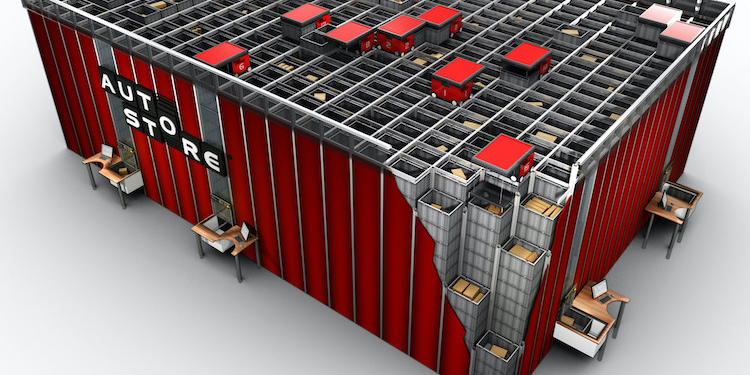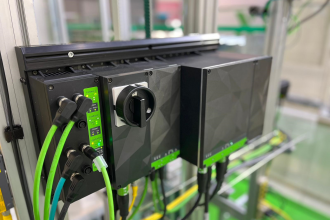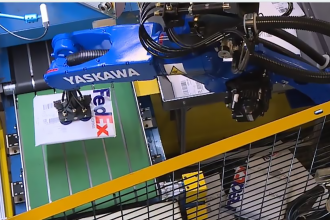
Third-party logistics (3PL) service providers have historically shied away from capital intensive investments in large scale, fixed automation, such as unit load or mini load automated storage and retrieval systems (also known as AS/RS or ASRS). That’s because, in the past, these systems required a longer payback time period than that covered in a typical 3PL/customer contract. Investing in an expensive and complex system for a client who might take their business elsewhere at the end of a three-year contract didn’t pencil out financially, particularly when traditional crane based ASRS systems themselves lacked the inherent flexibility that would permit their use for a different 3PL customer.
Today, however, things are different. Contracted timeframes between 3PLs and their customers are becoming longer. Wages for hard-to-find manual labor are rising. And ASRS as a category has grown to include a variety of diverse types and styles of systems. Today’s newest ASRS are cube-based or shuttle-based, relying on wheeled robotic extractors that travel up and down and throughout different levels of a storage system. They retrieve totes on demand and deliver them to integrated, goods-to-person workstations where operators select required items to fill orders.
As explored in a recent MHI Solutions magazine article, “Computer Controlled Systems Improving Precision, Accuracy, Speed,” produced by MHI’s Automated Storage and Retrieval Systems Industry Group, 3PLs today are increasingly investing in ASRS solutions for a variety of reasons. Among them:
- Difficulties in attracting and retaining qualified labor. It’s a common refrain throughout the supply chain industry, and 3PLs are not immune. Whether deployed in a cold storage or ambient facility, adding an ASRS to store and retrieve products in totes, or in cartons frees up manual labor for other, more value-added tasks elsewhere in the operation.
- Better facility utilization. Because ASRS solutions are highly dense and maximize the vertical space of a building, more inventory can be stored in a compact amount of square footage. This allows 3PLs to serve larger customers, or to sub-divide the system to serve more than one client’s inventory handling needs.
- Improved pick accuracy. With automation delivering the items required of each order directly to an associate — instead of the associate walking up and down aisles to select needed items — picking accuracy increases significantly. This translates into fewer returns and fewer touches throughout the fulfillment process, as well as happier 3PL customers.
- Scalability for flexible adaptation to changing business needs. With shuttle and cube-based storage, more robots can be easily and quickly inducted into the system to increase pick rates during peak periods. Likewise, additional picking workstations can be added, further supporting higher throughput requirements. The storage structure itself can also be expanded incrementally as needed, facility space permitting, which reduces the initial investment. These expansions can also be completed with minimal interruption to operations.
Want to learn more about how 3PLs are using the newest ASRS solutions? Read the full article, here. More information about how other fulfillment operations are leveraging the latest ASRS innovations can be found in a series of case studies shared by the Automated Storage and Retrieval Systems Industry Group.



